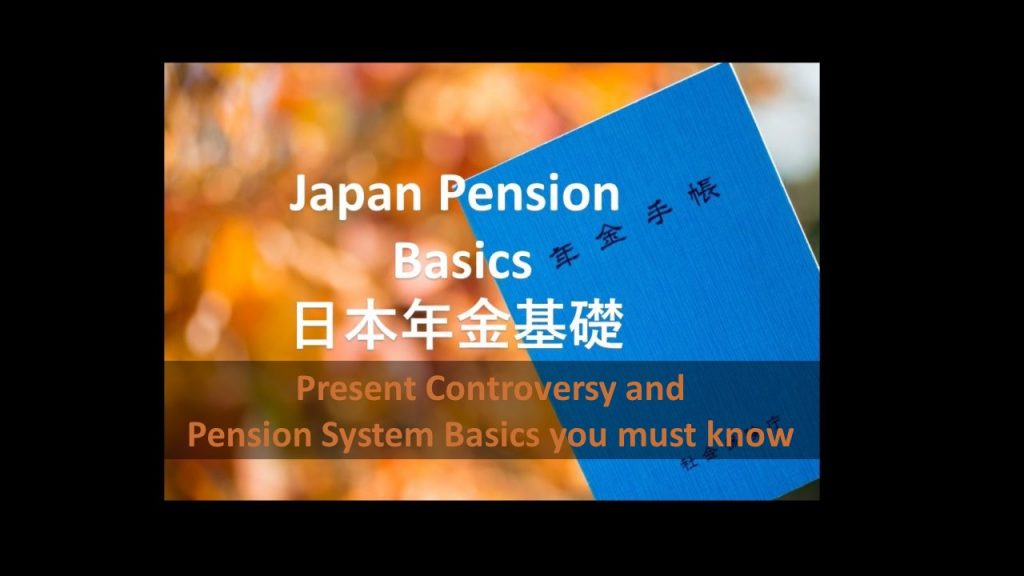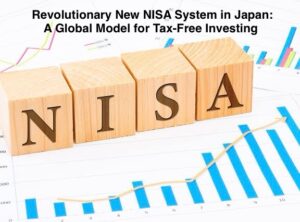Japan Pension – Present controversy & Basics you must know !

Disclaimer : The information on Pension is “work in progress” by the government agencies and we fully believe in current systems in place. By this article, we just want everyone to be aware of voices from both sides along with basics of this system which we must know. We do not intend to pass any opinion or judgement on current topic. Also request you to first understand the system and then only reach to any conclusion.
Present controversy: It might not be enough!
Pension’s topic is again in discussion in Japan with critics and opposition parties claiming and asking that will there be enough money with the government which will allow a comfortable life post retirement in Japan just on pension amount ? A report has come out which claims that “A panel of experts estimated in the report that an average retired couple would face a shortfall of 20 million yen under the current pension system if they live to be 95 years old.”.
Critics paint a gloomy picture:
As per a report from JT, Here’s how economist Timothy Taylor, managing editor of the Journal of Economic Perspectives, describes the country’s outlook as follows
- “[Japan] is facing a situation of a declining population and workforce, and the share of the population that is elderly is on the rise. [This is] driving up government spending on pensions and health care, and together with attempts to stimulate its economy through government spending (much of it on infrastructure), Japan has run up enormous government debt.”
- The biggest problem is the nation’s aging. A new report on Japan from the Organization for Economic Cooperation and Development — quoted by Taylor and posted on his useful blog, the Conversable Economist — reports this astounding fact: Half of Japanese children born in 2007 are expected to live to 107.
- Since 1991, public social spending — mainly for retirement pensions, health care and long-term care — has doubled as a share of gross domestic product, from 11 percent of GDP to 22 percent of GDP in 2018.
The government says it’s reliable & there are no issues:
At the same time present govt and current Prime Minister Shinzo Abe has defended the credibility of Japan’s public pension system, after a government panel report said about 20 million yen, or nearly 190,000 dollars, would be needed for post-retirement life. He says the wording in the report is imprecise and has caused misunderstandings.
The opposition camp indicated that people have found that the government’s claim the pension system will be secure for the coming 100 years is a lie.
Abe responded that pension amounts for this fiscal year have been increased by 0.1 percent, and this benefits both current recipients and future generations. He stressed he believes the public pension system has become more reliable.
Good news for Mr. Abe is that a censure motion against Prime Minister Shinzo Abe submitted by opposition parties over his finance minister’s refusal to accept a report suggesting pensions are inadequate for most retirees was voted down in the House of Councillors on Monday.
Whatever be the case, it is important to understand more about the system and make decisions wisely.
Pension Basics (You Must Know)
- Pay pension for at least 10 years, if you want to avail pension from Japan govt after retirement.
- If you have contributed in pension for 10 years and above, one will get pension after 65 years irrespective of your country location like Japan, India or anywhere. If you are outside India, one need not have a PR as of now.
- India is entitled to Totalization benefit, for example, if you have contributed pension in Japan for 5 years and you go back to India and contribute in pension system there, it will be counted as 10 years of contribution and you will be eligible to receive your corresponding pension portion as per your contribution from Japan too, after you retire.
-
- Obviously if you have availed for Lump Sum, this is not valid in your case.
-
- (* As of August 2018, following countries have totalization agreement with Japan: Germany, United States of America, Belgium, France, Canada, Australia, Netherlands, Czech Republic, Spain, Ireland, Brazil, Switzerland, Hungary, India, Luxembourg, and Philippines)
Payments amount calculation is based mostly with a cap of up to 36 months(in case of Lump Sum only).
-
-
- Of course, if your contribution is less than 36 months, your amount will be lesser
- Note: Your Payments to be calculated based on your coverage periods, there are some cases that you need to claim the Payments after each of your stay (for example, if you are going to receive training as Technical Intern Trainees (iii) and plan to receive the Payment based on your coverage periods, you need to apply for the Payment after the completion of the Technical Intern Training (ii) as well as after the completion of the Technical Intern Training (iii)).
-
Lump Sum conditions (the devil is in the details)
1. One can choose to go for lump sump only under the following conditions :
-
- You are a non-Japanese.
- You have contributed at least 6 months or more (but it should be Not 10 years. If contributed for 10 years, you cannot claim lump sum and can only get pension after retirement),
- You do not have a permanent address registered in any municipal office(Hence proper exit process is a must)
- One has not availed any welfare benefits including disability allowance
Tax Refunds on the Lump sum
Your Tax payment based on your coverage periods under the Employees’ Pension Insurance system, however, is subject to income tax of 20.42%, and the tax is deducted from your Payments when Japan Government pays you Lump Sum.
If you don’t reside in Japan, you may claim the tax refund at a tax office in Japan. To claim the refund, first, you need to designate your tax agent who shall represent you to take tax procedure. Before you leave Japan, please file the form “SHOTOKUZEI SHOHIZEI NO NOZEI KANRININ NO TODOKEDESHO. Here is the complete procedure for what you need to prepare as document and do while in Joan and after leaving.
What to do if the applicant dies before receiving the Payments
– The applicant’s survivors can receive the unpaid Payments only if the applicant had claimed for the Payments and died without receiving the Payments. The eligible survivors include the claimant’s spouse, children, parents, grandchildren, grandparents, brothers and sisters who were living with the deceased claimant at the time of his/her death.
Nenkin Document – Pelase refer from page 3
nenkin
Sources:
Contributed by Makarand Prabhune, Abhay Joshi,
Nenkin HP
JT
——Explore more about Japan & India—-
Explore about Japan and India on this premium curated platform open for all – Less Noise, More signal
Visit : http://indojapanpulse.com/
Subscribe to Youtube Page:
https://www.youtube.com/channel/UCwk4e_pL0o5eyUvkIC7cQZA/featured
Like Facebook Page:
https://www.facebook.com/IPJIndoJapanPulse/
Join Facebook Community:
https://www.facebook.com/groups/436167087220812/?ref=share
Leave a Reply to IndoJapanPulse
Please look at footer of website for Disclaimer and Privacy Policy.




